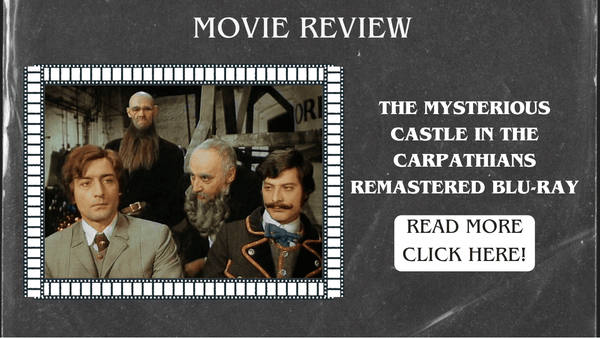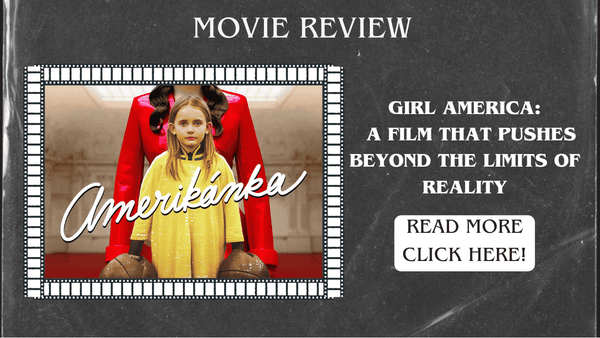It’s been exactly seventy-one years since Jiří Hanzelka a Miroslav Zikmund sat down in Tatra 87 and set off to Africa. At that time, they could not yet know how legendary their expeditions in the world would be, or that they will become one of the most famous Czech travelers.

When in 1947 two young graduates of economics drove to Africa to begin a journey around the world, only a bunch of friends said goodbye to them in front of the autoclub in Opletalova Street. Three and a half years later, on their return home, they were already famous travelers and the passers-by waved to them in streets of Prague.

Their journey led first to Africa, which they crossed from north to south. Probably as the first they crossed the Nubian desert with a car. They also climbed the highest African mountain Kilimanjaro. From Cape Town, they went across the ocean to Argentina and went on a pilgrimage to South and Central America. In total, in three and a half years, they crossed 44 countries, spent 111,000 kilometers on the journey, of which 61,700 were in their car. They took 10,000 photos and filmed eleven kilometers of film.
For the second time their student dream came true on April 22, 1959 when with a two-member escort team and with two Tatra 805 cars started off the journey to travel through Asia, Australia and Oceania.
They visited about thirty countries. On this five-and-a-half-year expedition they collected rich documentary material in the form of a number of unique photographs, film, audio and written records. And this time, the inseparable traveler pair has attributed one world primacy. They became probably the first to drive across the Soviet Union from east to west. This time, it wasn’t possible to make the whole planned route as they had to cancel the visit to the fifth continent - Australia. “More than five years we had been wandering around Asia. We traveled from the southernmost part to the shores of Arctic Ocean. There we were far beyond the polar circle. We were even allowed to see the country from a helicopter, so we could see places, which our Tatra car could not reach.”

Hanzelka and Zikmund started their travels in Asia symbolically exactly twelve years since their expedition to Africa (1947 to 1950). Another member of the expedition was doctor Robert Vít, who was replaced on the Ceylon by another doctor Josef Koryta, and mechanician Oldřich Chalupa, who was later substituted by Miroslav Dryák. In comparison with their previous expedition, they changed their car.
From their second expedition they wrote four special reports: about West Irian, Indonesia, Japan and the USSR. These were dedicated only to few chosen people. Most troublesome was “a special report no. 4” about their experience in the Soviet Union, which described unflattering picture of the state of the soviet society, which caused resentment from communists in Czechoslovakia and the USSR. The report itself was locked in a safe and was officially presented in 1990.
Their another problem with the communist government in Czechoslovakia began during events of the Prague Spring, when they claimed, that the invasion of armies of Warsaw Pact wasn't helpful, but more than an occupation comparable to Nazi invasion. As a result their life work was banned for two decades and they were forbidden even to travel.
Eventually they were able to see the most desired Australia. Unfortunately, Hanzelka, at that time very sick, was able to see Australia only through Zikmund's film records, which he took on his travels in the 1990s.















